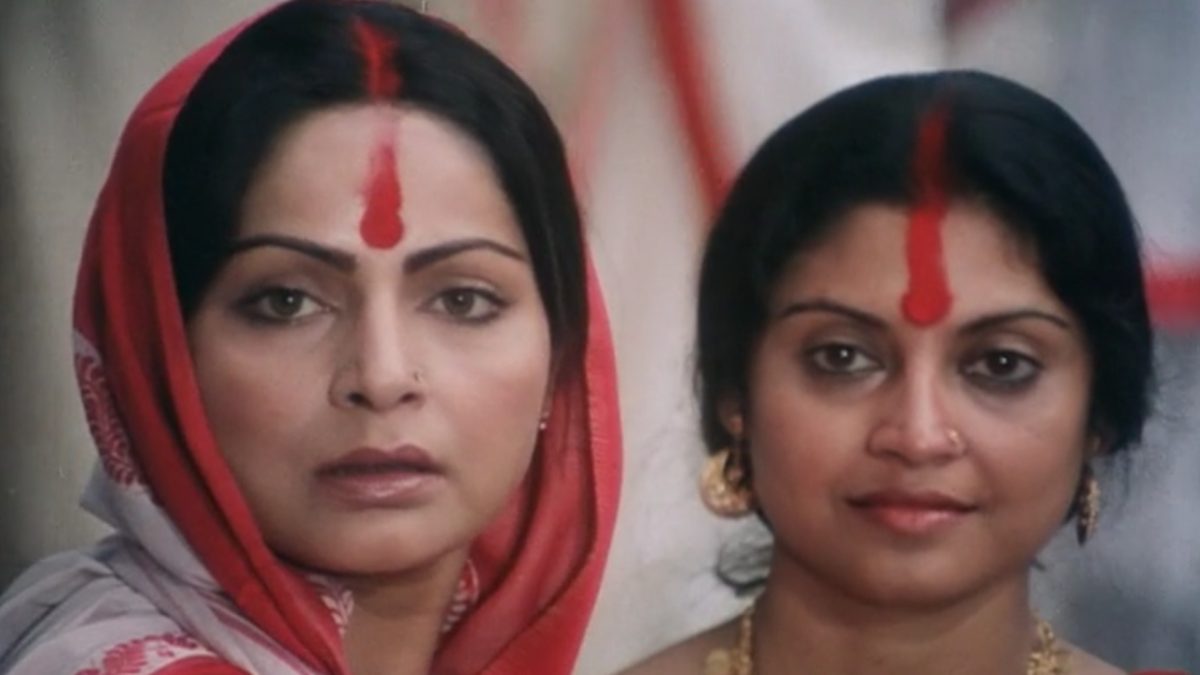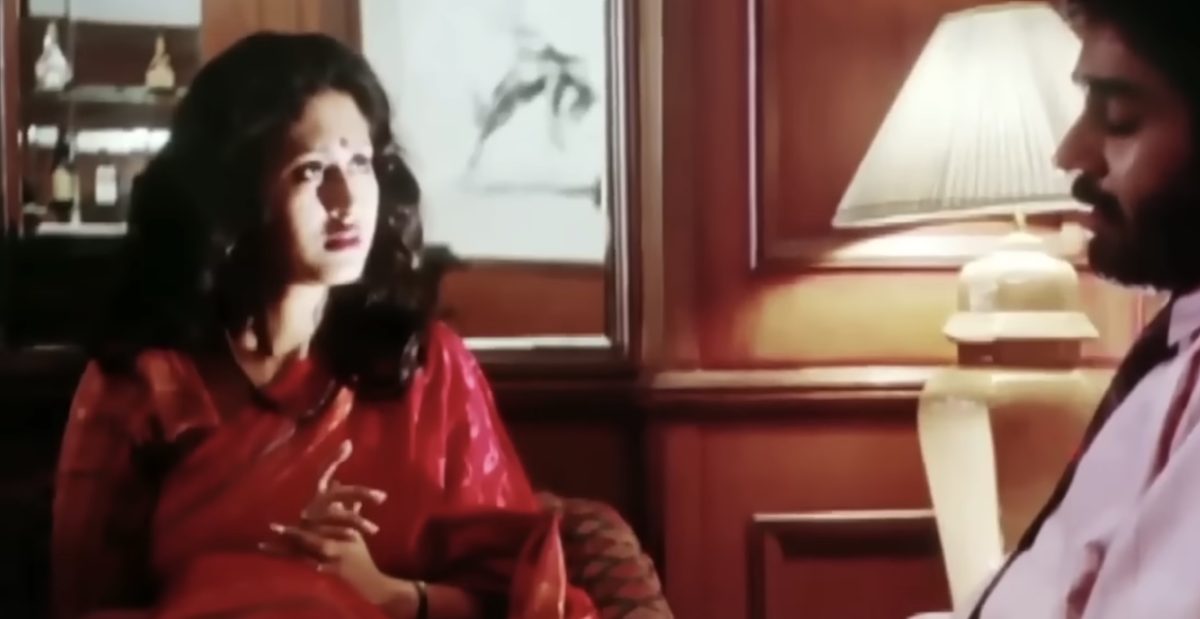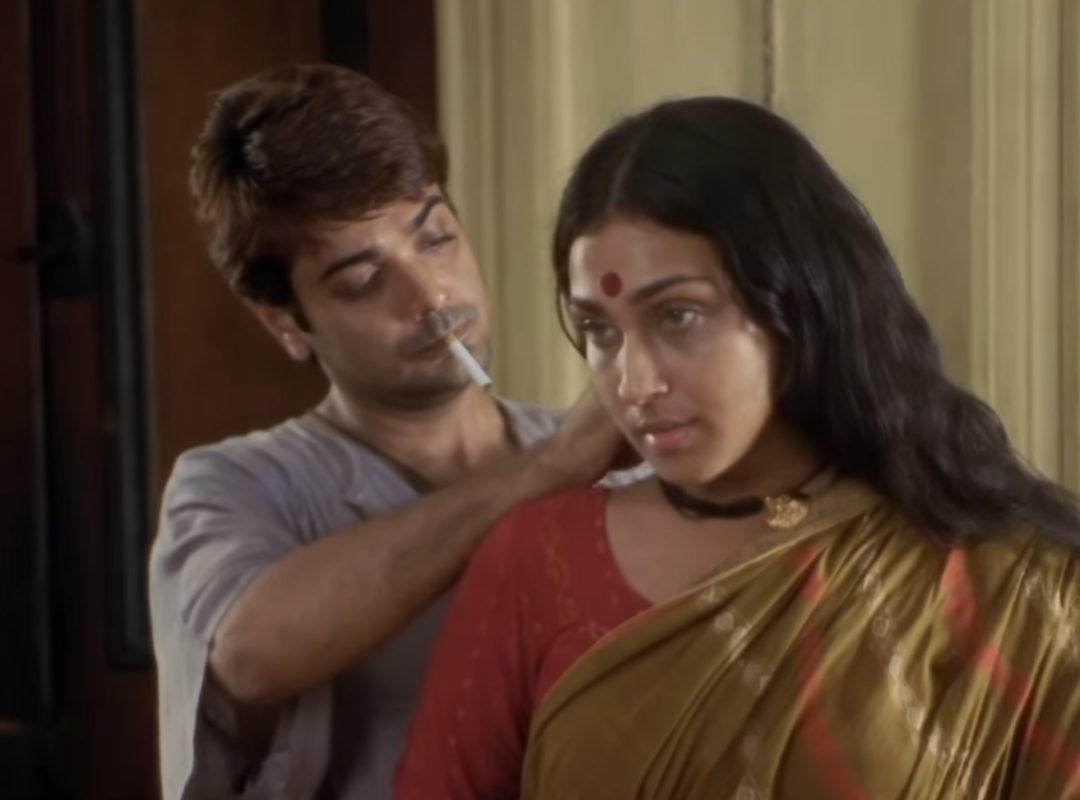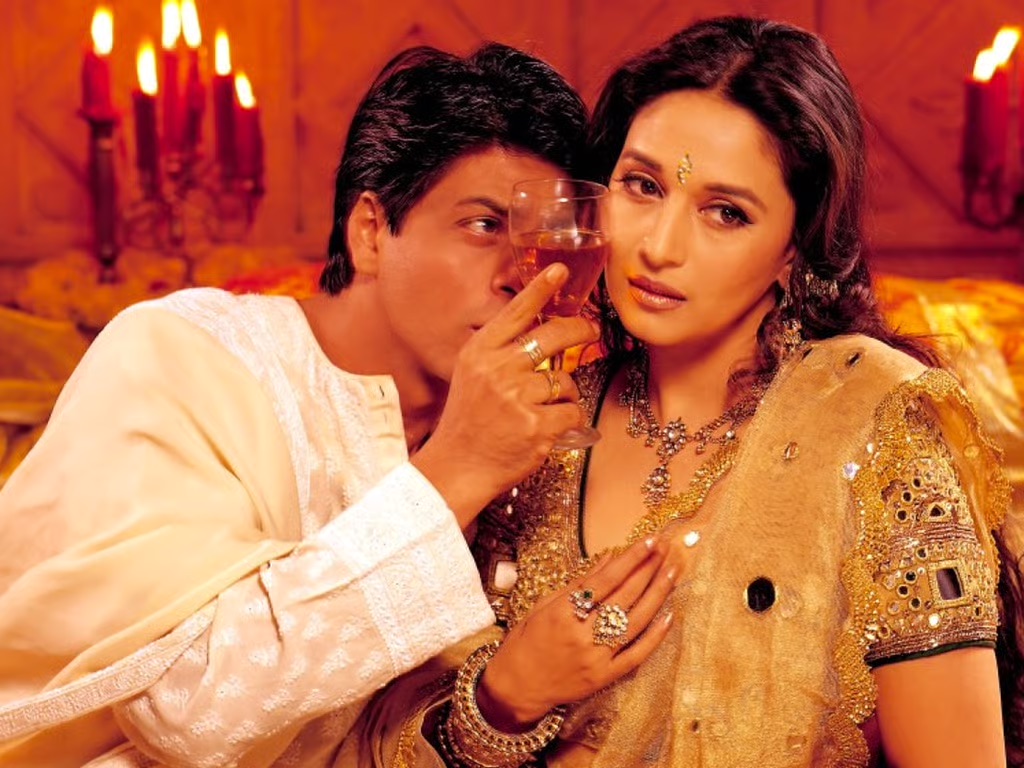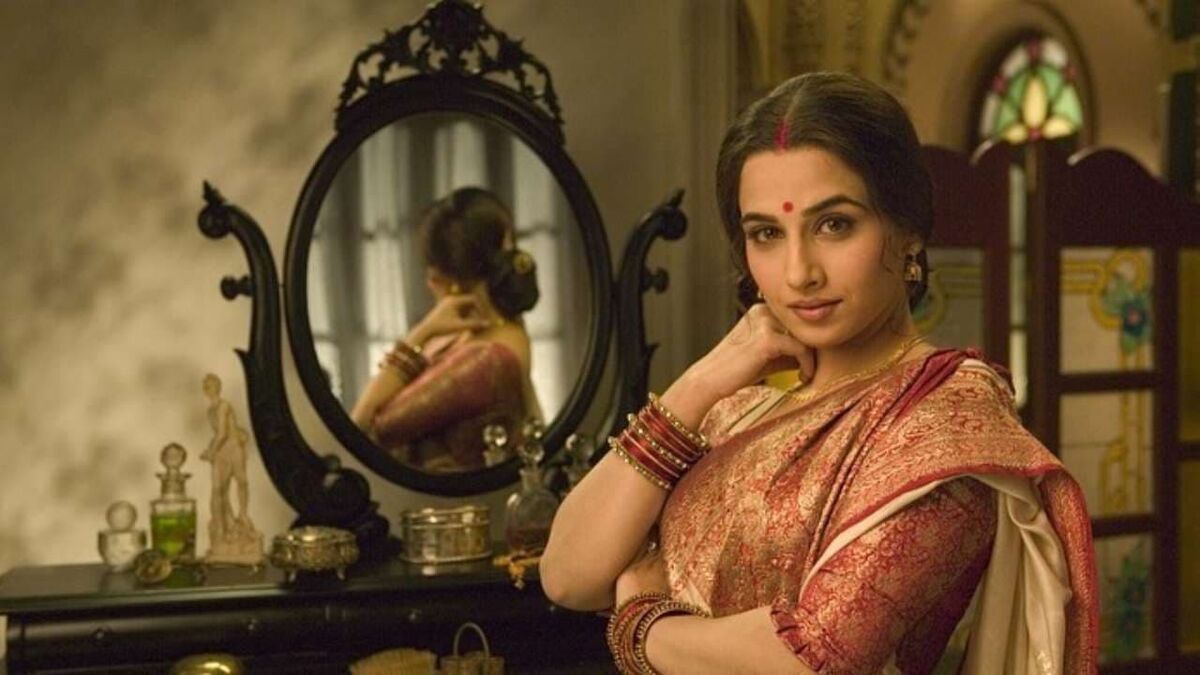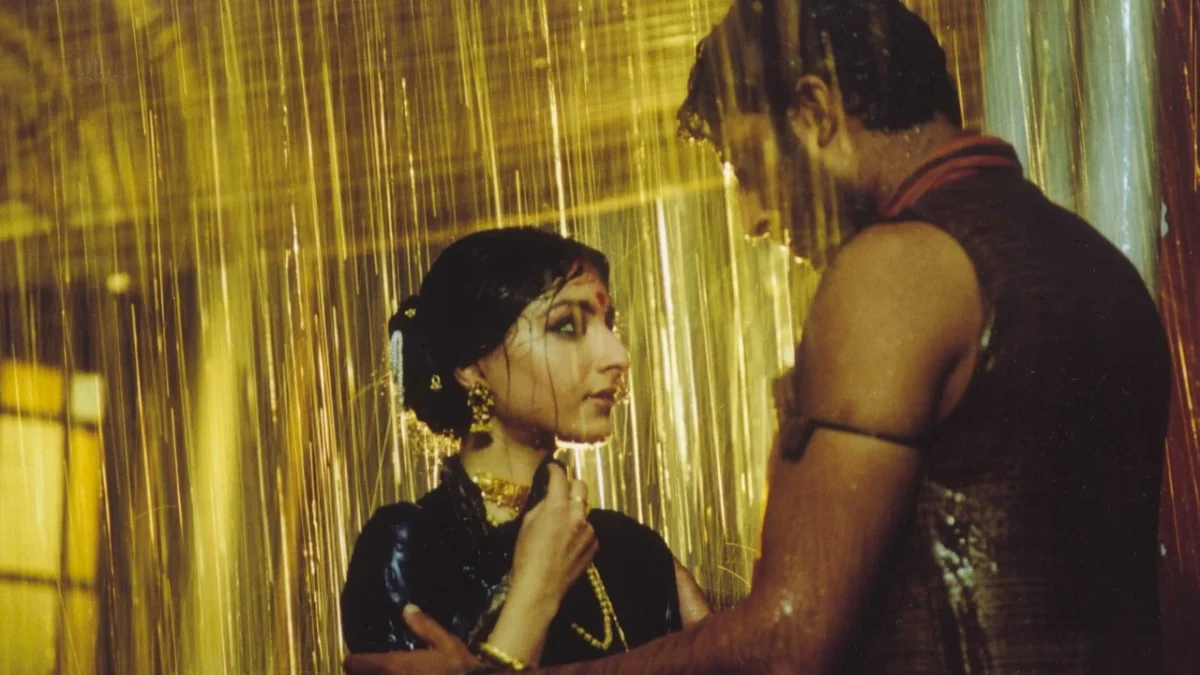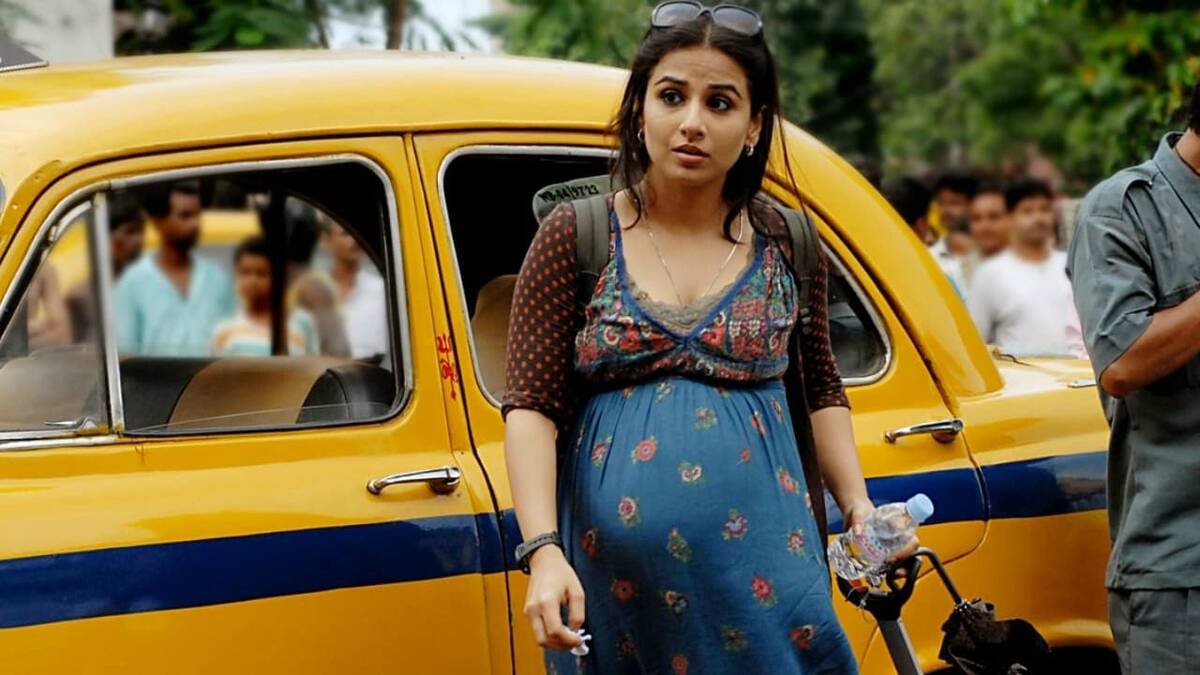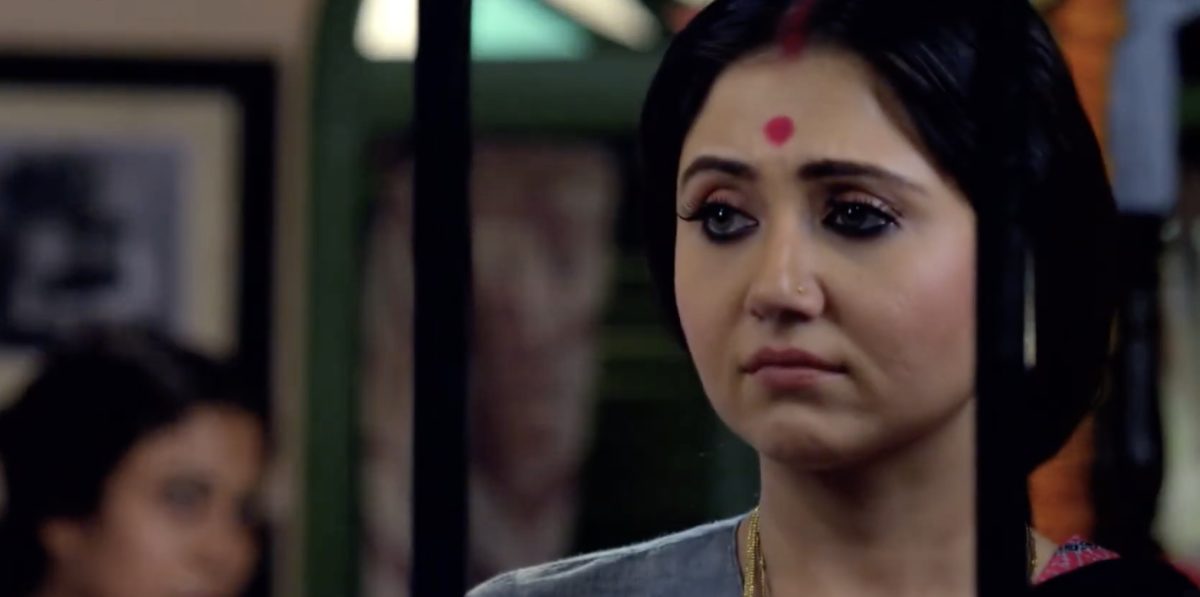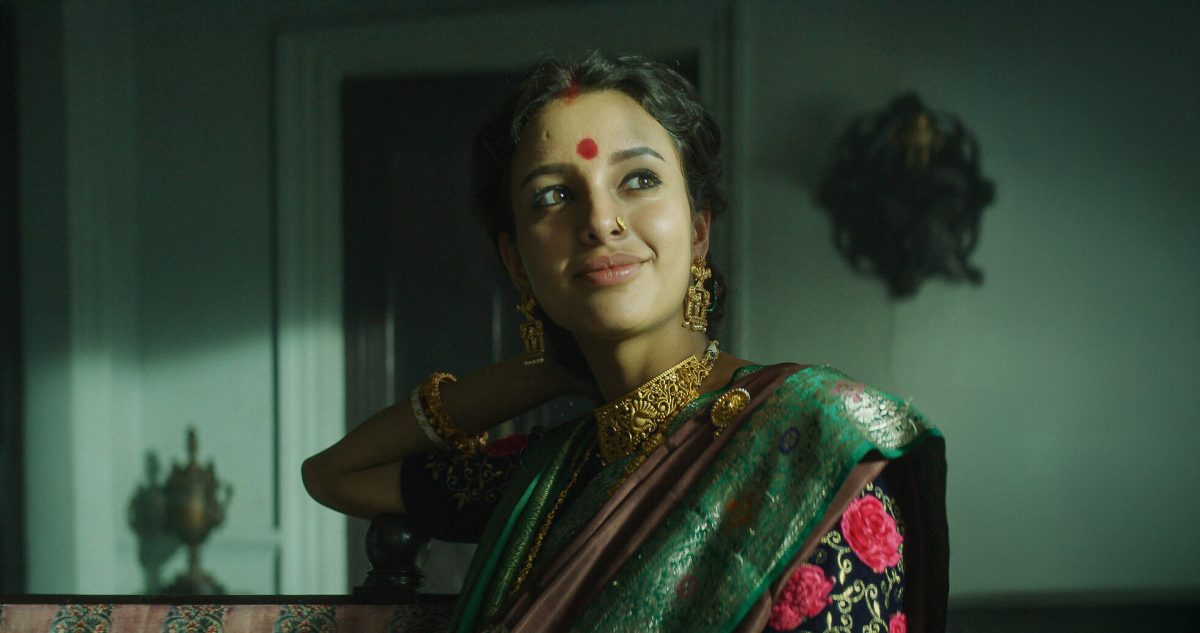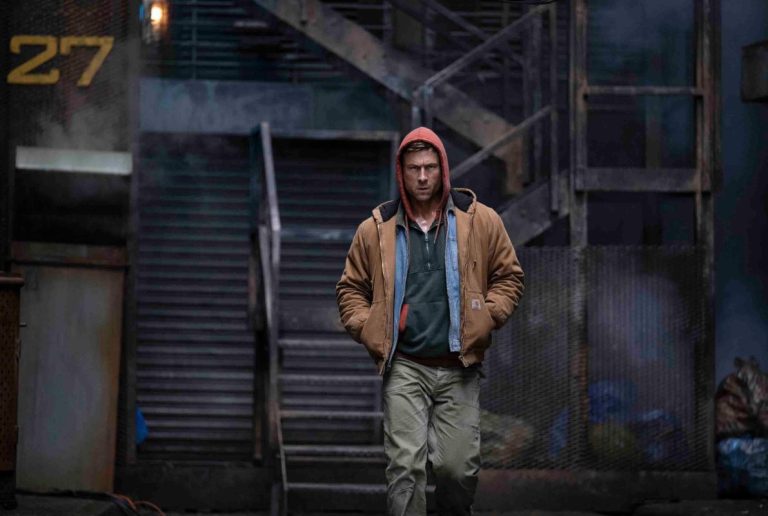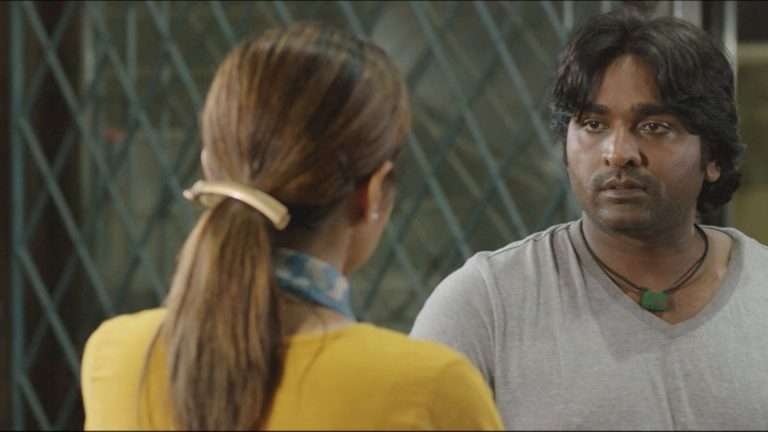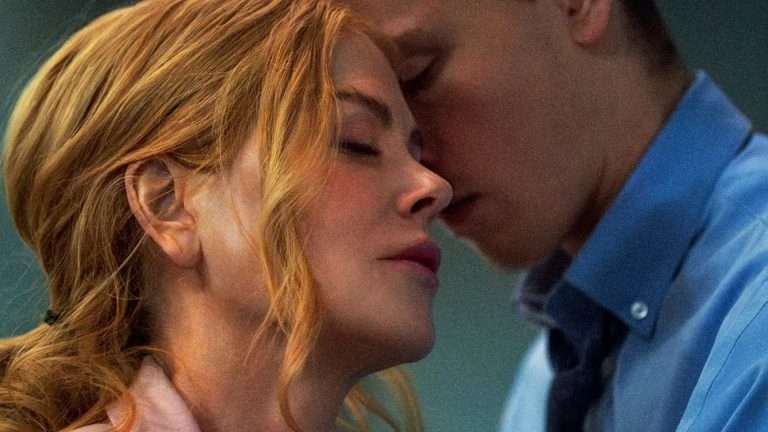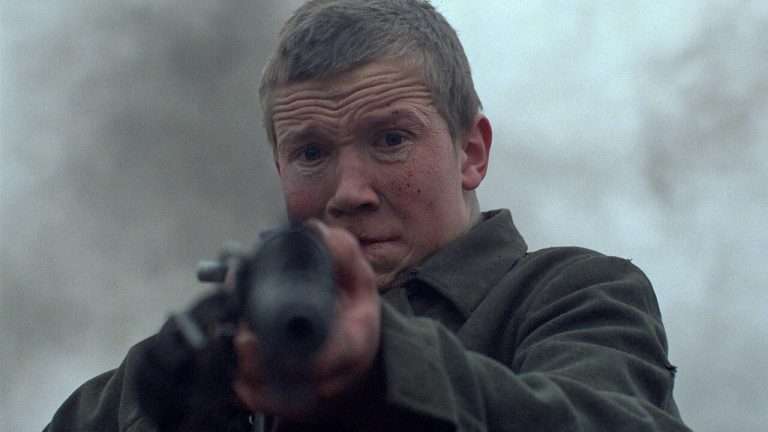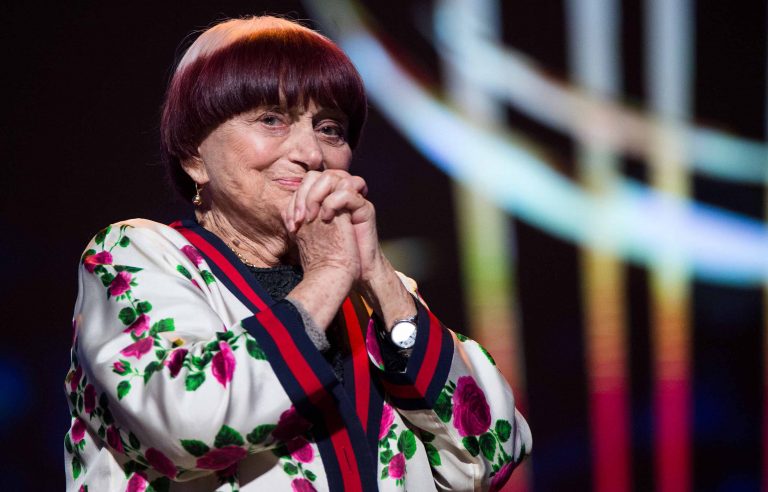Durga Pujo is that moment in the year when every Bengali not only surrenders to the festival’s aura but also breathes renewed life into existence itself. It begins as a spirit, drifting through the air like an annual code of conduct, carrying joy, prosperity, and the promise of togetherness. It thrives in the Bengali charm and its dignified signifiers—color, attire, familial traditions, the enduring power of humanity, and the hope that sustains the final stretch of the year and the days to come. Distinctly emblematic of Bengali identity, its syncretic character also opens its doors to the world, drawing people into homes and pandals across the nation.
Now inscribed in the UNESCO World Heritage Index and most profoundly linked to Kolkata, Durga Pujo is a true mover of the spirit. Yet the rhythmic beats of the dhaak, the swirling dhunuchi smoke, the ululations, the invocations of feminine power, and the awe-inspiring idols of Maa Durga cannot fully conceal the human complexities beneath—nuances of relationships, quiet tensions, and intimate truths.
In this list, we revisit cinematic works where Durga Pujo is not just a backdrop but a force—its inescapable imagery and metaphoric weight unraveling unforgettable stories of candor, conflict, and connection. From timeless Bengali classics to Hindi films set within a Bengali milieu, these stories harness the festival’s grandeur to shed light on deeper social, cultural, and emotional currents.
1. Devi (1960)
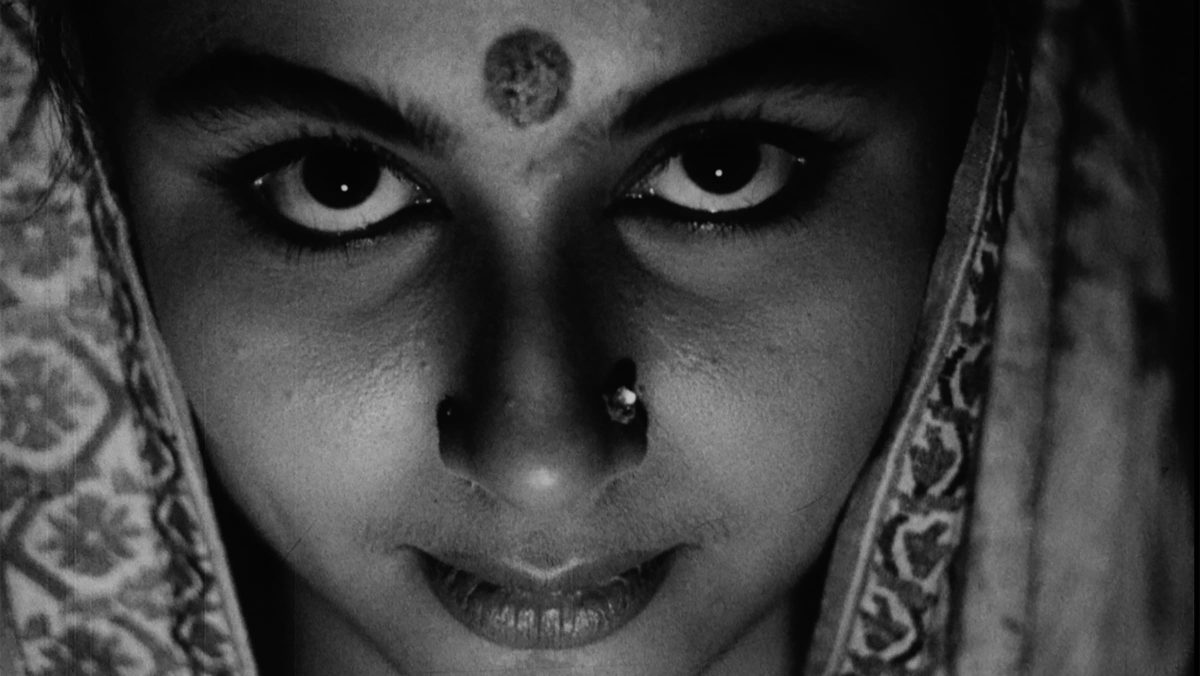
Satyajit Ray’s extraordinary hand at delineating human concerns is at its finest in this tale set in the prosperous household of a zamindar, Kalikinkar (Chhabi Biswas), in rural Bengal circa the 19th century. As a devotee of Goddess Kali (a fierce incarnate of Durga), he bestows reverence on his youngest daughter-in-law, Dayamoyee ( Sharmila Tagore), but his determined faith morphs into fanatical worship when a dream-vision of the Goddess in the form of Daya’s visage makes him ordain her as a living incarnate of the divine figure.
His blind faith in the divine feminine ultimately ends up making Dayamoyee a prisoner in her own home, a woman subject to the whims and caprices of a patriarch. Psychological insights into the nature of gaslighting and superstitions feed into her frail physical health, stupor, and hunger as she is visited by people far and wide for her supposed miraculous touch.
As she tries to escape with her husband, Uma (Saumitra Chatterjee), an idol of Durga immersed in a water body after Dashami, appears to her. Her look of horror and bewilderment registers immediately as it plays on her fragile psyche that she may be a form of the goddess after all. But by then, she has lost her bearings completely and runs into the great unknown. In a tale where consent and deification conflate to reveal societal fissures generated by idol worship, Durga Pujo, in its wake, leaves a haunting residue of the limits of faith.
Must Check Out: The 10 Best Indian Films of All Time As Chosen By FIPRESCI-INDIA
2. Parama (1984)
In Aparna Sen’s seminal arthouse feature “Parama,” literally meaning the ultimate mother, language and human actions reveal the fraudulent ways of holding women in high esteem in the domestic sphere while also holding them captive to bourgeois morality. The film begins with the Pujo revelries at a well-to-do Bengali household’s extravagant estate. Parama (Rakhee) holds fort over the proceedings, framed against the mighty Duga Ma’s beauteous idol as a centre of her familial ethos. She holds everybody together as a unit while also telling a foreign guest about the festival and her extended family.
This centrality is ultimately revealed to be hollow as her shattered musical dreams, philandering husband, and blossoming desires lead her out of her gilded cage into an exploration of herself, along with a photographer who fancies her. The film opens with her cast as the maternal archetype—the Earth Mother, revered and radiant.
Yet by the closing moments, stripped of her hair in a stark hospital room and weakened by relentless treatment, she finds kinship not with divinity but with a fragile plant stretching toward the sun. In that instant, she is no icon—just an ordinary woman yearning for a sliver of empathy, a small share of sunlight reserved only for herself.
3. Dahan (1997)
In Rituparno Ghosh’s astute and unsettlingly realistic portrait of a woman’s public molestation—transformed into a media spectacle that further entraps her within gender and class hierarchies—there are no overt invocations of Shakti, the divine power so often tied to the Bengali icon of Durga. However, in a stark long take in the room of a young couple, he lets the camera become privy to the woman’s distress regarding her trauma and her husband’s reductive words, claiming that she somehow enjoyed the act and called attention to herself from the louts outside the metro station owing to her beauty and youth.
He also claims to feel emasculated by the beating inflicted on him, which led him to faint. While the woman (Rituparna Sengupta) tries to reason with him, echoes of Durga Puja festivities in the run-up to the ten-day revelry get reflected by the festal lights outside and the chants (Mahalaya) heard on loudspeakers in the locality. T
he ultimate contrast occurs when the man forces himself on his wife, and the outside world’s general ambience muffles her distress. It’s a powerful scene, offsetting the ideal of the festive spirit standing in opposition to the inner lives of women within families where they are treated as signifiers of projected honour, far from being accorded respect or the space to have a will of their own.
Also Read: 10 Best Rituparno Ghosh Movies
4. Utsab (2000)
In another startlingly lucid Rituparno Ghosh feature, steeped in reality and multidimensional relationships across three generations, Durga Pujo’s ten-day holiday leads to a family reunion in a country mansion. The film opens with a child talking with the artist who is putting finishing touches to the Durga idol in the mansion’s wide compound/ courtyard. As members dress up, gather their jewels, participate in Asthami, Navami, and Sindoor Khelathe (the eighth and ninth days of the Pujo and the ritual of applying vermilion for married women, respectively, on the final day), the cracks in each individual unit show.
Chief among them concern the impending sale of the house. Madhabi Mukherjee as the matriarch, Mamata Shankar as the older daughter, and Rituparna Sengupta as the youngest child of the family trace a line of women who are all unhappy in their own ways. The latter two suffer on account of inadequate better halves who often leave them hanging on the cliff. The brothers, too, have their rivers to cross.
As the tenth day concludes and legacies of incestuous leanings and familial strife emerge, “Utsab” (“The Festival”) tries to find flickers of light in this crumbling and disunited homestead. A thoughtful storyline and finely tuned performances lift the film, weaving gentle smiles together with resonant truths.
5. Devdas (2002)
We all know the fusion of drama, pathos, melodramatic revelations, and power-packed dialogue delivery associated with Dola Re’s almost operatic iconography. In Sanjay Leela Bhansali‘s meeting of two strong minds, Paro and Chandramukhi unite their love for Devdas Mukherjee by crossing societal lines that divide women and stymie their endearing friendships.
In the glowing backdrop of Pujo, with the magnificent Durga idol standing as a mute, omnipresent witness, they sang and danced with unrestrained, gay abandon. Their coordinated movements were a moment of intoxicating artistry, a bond of amity they knew was fleeting, destined to invite doom for both of them.
This unity was shattered when revelation struck and patriarchy arrived, tearing them apart and displaying them as public spectacles. Little did the onlookers know that, in their joyous defiance, they had already broken the rules and proven their worth right before the crowd’s eyes. This artistic convergence and personal reclamation, consecrated by the spirit of Pujo, can never be erased from our collective memory.
While You’re Here: Why Women-Centric Films in Hindi Cinema are not Necessarily Feminist Films?
6. Parineeta (2005)
In this acclaimed adaptation of Sarat Chandra Chattopadhyay’s classic novel, we all know about Lalita’s individuality, determination, and sensual grace, all embodied effortlessly by a brilliant Vidya Balan in her breakthrough role. After all, who can forget her ethereal visage, attire, and intense gaze as she gets framed with the Durga idol parallel to her? Durga Pujo hence begins the tale as she meets her beloved (Saif Ali Khan) on the staircase, and an intriguing reunion materialises involving them, away from the bustle of the revelry.
This sounding of the bells, conch shells, and drumming of the dhak becomes leitmotif building anticipation. Then, when Sanjay Dutt performs the iconic Dhunuchi dance, leaving everyone in awe of him, later in the film, Pujo assumes another added layer. The aura of Bengal of the sixties finds a timeless representation through this most quintessential of all Bengali revelries.
7. Antarmahal (2005)
Rituparno Ghosh’s cinematic oeuvre has handled sensitive stories affixed with Durga Pujo festivities before in “Dahan” and “Utsab.” In “Antarmahal,” the creation of the fabled Durga idol in a prosperous but morally bankrupt Zamindari household reveals gendered crimes. The middle-aged zamindar (Jackie Shroff) practices polygamy enabled by the priestly establishment and other psycophants. In the process, both his wives (Rupa Ganguli and Soha Ali Khan) are put under the patriarchy’s derogatory gaze, their bodies scrutinised and their child-bearing abilities always within the catchment area of others’ sheer voyeurism.
While the strapping Durga idol maker (Abhishek Bachchan) becomes an object of distant desire for both women, the Pujo festivities take on a sombre tinge for both of them, as they are put under cruel pressures to conform to the male gaze, their inner chambers literally put up for display for the leering priests. This signifies their internal and physical displacement while the idol of the Goddess gets made within the household.
In the final shot, as the idol is unveiled and its visage bears a striking resemblance to Soha’s younger zamindarni, a storm sweeps the household. What is a mark of reverence and tribute on the part of the idol maker becomes a further form of ostracism for the beautiful, cloistered young woman. This is where the hypocrisies of society come into play, adjunct with the grand festivity’s surface show of elite prestige that hides so many horrors within its apparatus.
8. Kahaani (2012)
Vidya Bagchi (Vidya Balan) is all decked up in a married woman’s attire on the tenth day of Dashami. She walks slowly through a crowd of women bookending Pujo with Sindoor Khela. They smile admiringly at this dignified, beautiful woman amidst them and apply the vermilion colour on her face. She is one among them in this instance of communal revelry. Yet her marital status hides a much-layered saga of pain. True to her journey during the Pujo period in Kolkata, the city known for uplifting the season with its millions of pandals and ceaseless creativity, she camouflages her bearings and sports a stoic face.
True to her saga of self-discovery, she also confronts the man responsible for her husband’s death and lets him bleed out in such a manner that’s not seen or heard by anyone amidst the bustle, away from the frenzy of the festive spirit. She is Duga incarnate, a product of espionage training and a grieving woman moving through the city as an expectant mother, searching for clues. As the final image of the Durga idol being immersed in the Ganga emerges, backed by Amitabh Bachchan’s narration about the symbolic signifiers of Shakti (power) and justice, Vidya’s story comes full circle as a modern-day retelling of the mythology.
Check Out: 10 Best Bengali Movies of the 2010s Decade
9. Doll’s House (2018)
In this beautifully rendered, early 20th-century set adaptation of Henrik Ibsen’s iconic play unfolding in colonial Calcutta during the Pujo season, a luminous Swastika Mukherjee becomes a Bengali Nora Helmer. She is a woman whose positivity and privileged bearings unravel as a past sacrifice on her part for safeguarding her husband’s finances comes to haunt her. Faithful to the original text, it is, however, reassuring to see this film adaptation, courtesy Zee5/ Zee Theatre, transplant the concerns and base them in an authentic Bengali society. The costumes, interiors, and behavioural patterns all reflect authenticity.
Swastika’s Nora/Keya is framed with the Durga idol while the festive concurrents of shopping and decorations, food, and finances punctuate the proceedings. She also performs a traditional song and dance routine prepared for the evening programme in the presence of her husband. But some bitter truths keep undercutting her hopes and dreams. The motif of Shakti amidst the Pujo lingering in the home gives heft to her choices and her final bold stance of leaving the marital home for her own journey.
10. Bulbbul (2020)
As the red moon hovers over the gram (village) and the grand mansion is bathed in an ominous light, Anvita Dutt Guptan’s tale merges the folkloric with the bibhatsa (fear-inducing) humours of her storytelling arc. It is the authenticity in terms of period detail and the quintessential Bengali motifs that stick with our memory. One of the most striking images here comes as Tripti Dimri and Paoli Dam celebrate Ashthami, with the Durga idol holding pride of place in the bari (home).
Soon, the red tinge and period-appropriate lighting point towards something darker and sinister as Paoli’s husband (Rahul Bose) is found dead. This is a crucial scene with the dhaak’s rhythmic beats and the ululations by the womenfolk gripping us. It sets the stage for the retributive tempers of the tale to be set in motion. It is the Durga iconography leading the charge with panache.

